
Thailand healthcare systems are strongly influenced by culture, political systems, and economies. Despite so vital influences, health care economics showed massive growth and result-oriented research for decades. Thailand has shown remarkable success by establishing HTA on the government level and employing HTA concepts from NICE (UK National Institute for Health and Clinical Excellence). The common factors that yearned are;
- Universal Health Care Insurance coverage
- Rational allocations of scarce resources
- Government level HTA leadership
- HTA professionals and faculties accessibility through global network.
For starter, massive funding was brought to public hospitals. Also, access to health care for rich and poor have equally maintained through Thailand’s health care reform. The outcomes are
- Improved health of the general population
- Significant improvement in infant mortality rate
- Reduced Inequality between rich and poor provinces in terms of health care.
Presently, the healthcare systems in Thailand are boasting and evolve from self-reliance. Previously, it was working with the local acumen for health promotion and curative, revolutionized with modern healthcare technology. This trend has been changed with development according to new approaches, infusing health personnel in various disciplines, and more procured healthcare technologies. The reform has turned out to provide more clear health services with comprehensive provider and recipient designations.
The basic categories of healthcare systems include;
Health Resources: Adequate resources are provided with health facilities, manpower, medical supplies and technological implementation.
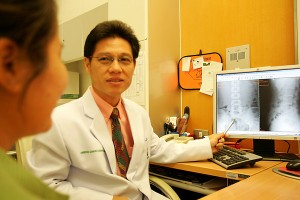
Health Management: The trend is implemented with a definite ratio of “healthcare personnel to population” in all provinces. Healthcare systems are well distributed within public, nonprofit and private sector with a responsive infrastructure towards health threats. There are a number of medical school hospitals, general hospitals as well as regional and community hospitals that serve Thailand’s population on an equal basis.
Organizational Structures: Public sector is ruled by the health agency of MoPH with two-thirds of all hospitals across country. Private sector involved in healthcare has been continuously on a rise since 1970. Other nonprofit organizations are also providing adequate healthcare resources for people.
Medical Supplies: Thailand dispenses 55 percent of locally manufactured drugs while the rest 45 percent is imported from authentic suppliers.
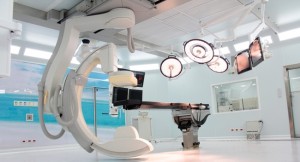
Healthcare Technology
Thailand is extensively reformed with the development of medical and health technology with expensive and high-end technological medical equipment in the Thai health care system. Innovative procedures of diagnosis and curative with medical automation and data analysis have influenced the nation’s health quality. The private sector is more involved in high-tech medical resources while most of medical technology and high-tech resources are based in cosmopolitans.

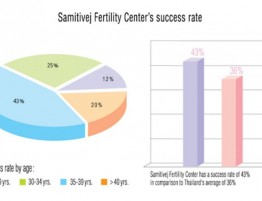
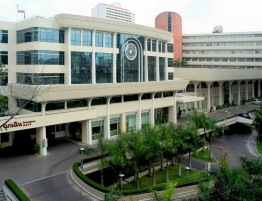

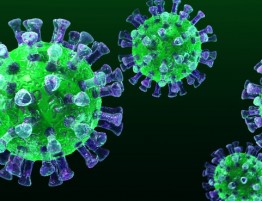
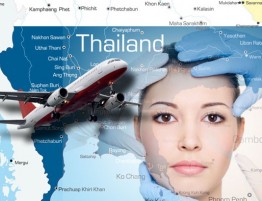


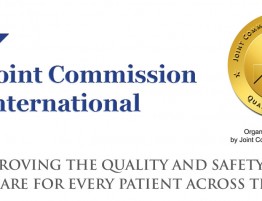


Write a comment: